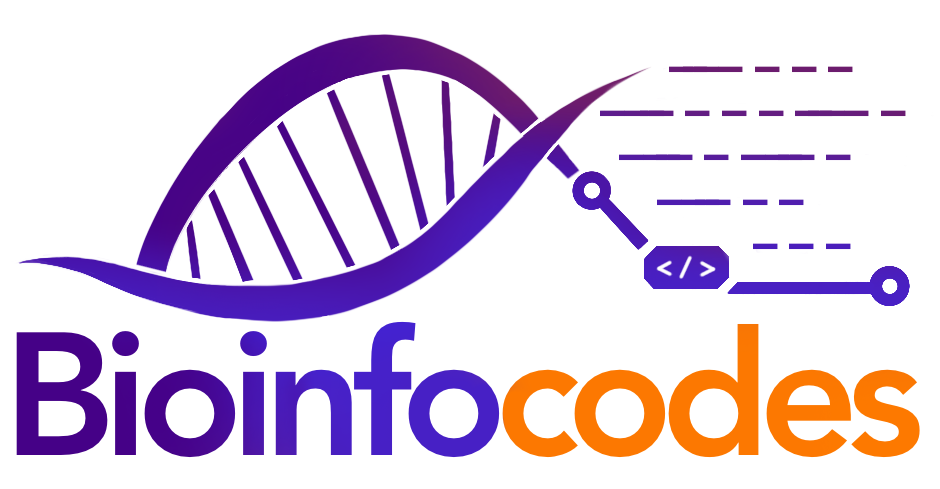Octopuses employ each of their tentacles for distinct tasks through the process of evolutionary adaptation. The tentacle designated for hunting undergoes an initial bottom-up bending. Subsequently, it engages in tracing the progression of a distinctive octopus-specific muscle activation wave, ultimately resulting in complete tentacular flexion. This particular flexion is referred to as “bend propagation“. Upon visualizing its prey, the octopus activates its capture signals, prompting the distal section of the tentacle to envelop the target. The tentacle then executes a suction motion via its suckers, effectively transporting the prey to the octopus’s oral cavity. Notably, at this juncture, Zhexin Zie and his colleagues have innovated an octopus appendage termed E-SOAM (Electronics-Integrated Soft Octopus Arm).
Zie and his colleagues developed a soft arm inspired by the octopus’s touch-perceive-execute approach, incorporating grasping and reaching capabilities. Named E-SOAM, this arm mimics the octopus’s movement mechanism, integrating signal sensing and processing. E-SOAM features a five-segmented soft arm, an embedded electronic network, and a distal piece functioning as a terminal holder. The researchers conducted tests to establish bidirectional interaction between humans and robots, assessing communication in various environments and the arm’s bending and propagation abilities both in the air and underwater.
The delamination error, denoting the detachment or separation of material layers, can be attributed to factors such as insufficient adhesion, manufacturing discrepancies, and variations in Young’s modulus. In the context of this investigation, a remarkably flexible circuit encompassing suction and bending sensing elements, electrodes, and silicon integrated circuit chips was assimilated into E-SOAM. However, a delamination issue arose within the soft layer and silicon electrical components interface. Addressing this concern necessitated the formulation of an optimization strategy employing gradient materials and a liquid metal plano-graphic printing approach, aimed at mitigating stress concentration around the integrated circuitry.
Flexible electronics were integrated onto the surface of the soft terminal gripper, enabling the detection of the bending curve of the gripper through the amalgamation of metal sensors with suction elements. Within the suction components, the compression of an absorbent frame by the absorbent surface was identified as a factor inducing a modification in resistance within the metal liquid channels.
Since the terminal gripper must make a complete bending movement along the arm to reach a distant target, E-SOAM has been developed by examining octopus kinematics. In this model, four variables were determined for the position of the arm. By detecting significant changes in the bending angle of the arm propagation (θ0 (t)), one of these variables, two modes were identified a straightforward point-to-point reaching motion with a Δθ0 less than 20° and the large sweeping motion with Δ θ0 greater than 20°, according to the 24 trials that moved the octopus arm root to the tip and created bending wave propagation. Based on these two modes, the rose line equation which is
f(t) = {p(θ) = k1sin(k2(θ – θ0(t))) | θ0(t) < θ < θm } (Eq. 1)
was used to model the bending propagation; parameters in Eq. 1 are defined as k1 (constant), k2; constant, θ0(t); time-dependent parameter, θ; angle parameter, and θm; constant angle parameter.
In this particular context, the development centers on a wearable glove meticulously crafted to facilitate the control of the E-SOAM arm, coupled with the ability to detect the precise positions and bending movements of the controller’s fingers. This innovative wearable glove is designed to proficiently sense the intricate movements of the controller’s fingers and hands, thereby effectively governing the motions of the E-SOAM while concurrently delivering haptic feedback to the controller. The acquisition of finger positions and bending movements is orchestrated through the implementation of an inertial measurement unit sensor. Furthermore, the integration of three strategically positioned suction cups within the wearable glove serves the purpose of imparting haptic feedback to the user’s fingers. These suction cups are strategically located to synchronize with the E-SOAM’s movements toward the intended target. This meticulously planned wearable system distinguishes itself as an intricate design aimed at ensuring optimal control of the E-SOAM arm, thereby providing the user with an immersive and realistic haptic experience.
In conclusion, a soft robotic octopus arm called E-SOAM has been developed by Zie and his colleagues, based on the mechanism of the octopus’s prey catching with its tentacle, and the studies conducted for its efficient control were presented. The extensive studies on efficient control, contribute significant insights to the robotics and bioengineering fields.
Author: Efekan Gümülcine
Editor: Elif Duymaz
Reference: Zie, Z., Yuan, F., Liu, J., Tian, L., Chen, B., Fu, Z., Mao, S., Jin, T., Wang, Y., He, X., Wang, G., Mo, Y., Ding, X., Zhang, Y., Laschi, C., Wen, L. (2023). Octopus-inspired sensorized soft arm for environmental interaction. Science Robotics, 8, 84,(2023) https://doi.org/10.1126/scirobotics.adh7852
– Bioinfocodes Scientific News Service –
News articles prepared by our team members, reviewing and compiling scientific research published in journals with an impact factor greater than 20 (click here for the list).

